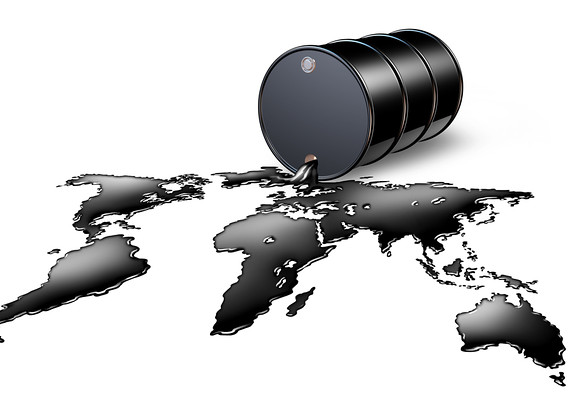 07 April 2014, News Wires – Environmental pressure is mounting on the Oslo government to cut the number of blocks on offer in the Barents Sea under a planned licensing round due to the risk of drilling close to the Arctic ice boundary.
07 April 2014, News Wires – Environmental pressure is mounting on the Oslo government to cut the number of blocks on offer in the Barents Sea under a planned licensing round due to the risk of drilling close to the Arctic ice boundary.The government intends to offer 34 exploration blocks in the attractive south-east Barents, out of a total of 61 tracts in both the Barents and Norwegian seas, under a proposed tender for the 23rd licensing round issued for consultation.
However, the proposed offering has fuelled green fears that a potential oil spill could permeate beneath the ice farther north, causing damage to the local eco-system, and would be virtually impossible to clean up.
Acreage set to be tendered is also located south of the Bear Island nature reserve that hosts a bird colony.
Four of the blocks would be the northernmost ever awarded by Norway, while others are located beyond the 2003 limit reached by the polar ice cap that expands and retreats with the seasons.
Eight environmental groups, including WWF, Greenpeace and Bellona, are calling for the exclusion of all blocks located north of a 100-kilometre buffer zone within the maximum reach of the ice edge over the past 30 years, which would effectively exclude 46 of 54 Barents blocks set to be offered in the round.
Norway currently has a moratorium on drilling closer than 50 kilometres to the ice edge between December and June.
In a joint statement in response to the consultation, the groups said there was an “inadequate knowledge base” and a lack of risk evaluation regarding the potential environmental impact of oil and gas exploration in the Barents blocks.
The ice boundary supports life including fish and and mammals due to the plankton that feed on algae growing there, according to WWF.
Meanwhile, the Norwegian Polar Institute is calling for the exclusion of eight blocks from the round, mainly in the northerly part of the south-east Barents, that are historically at risk from ice incursion.
The institute said it also wants a seasonal drilling ban to be imposed on another seven blocks in the area in the period from January to April in its submission before the consultation deadline expired on 4 April.
It claimed the round was based on “a serious lack of knowledge” about the eco-system in the south-east Barents and stated that yearly variations in the extent of Arctic ice in the area were not adequately documented.
Norway’s Environment Agency recently called for more than half of the Barents blocks to be excluded from the round until more work was carried out to better demarcate the Arctic ice edge.
– Upstream



